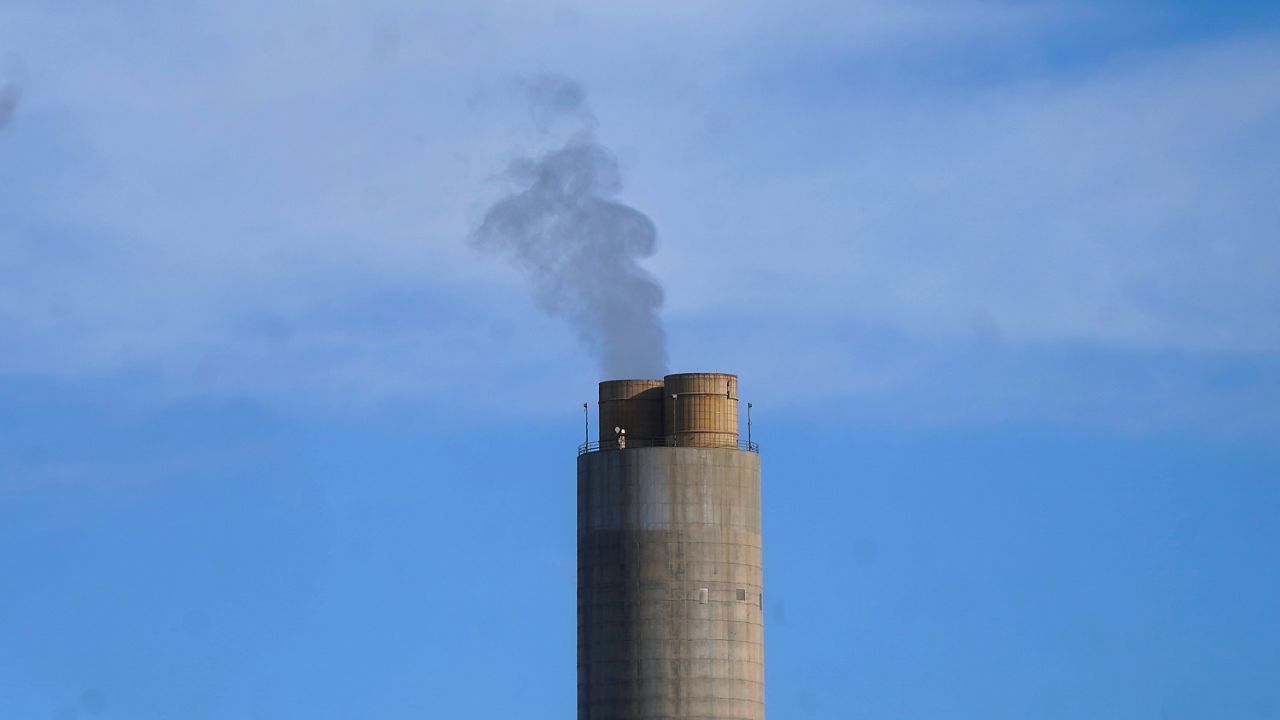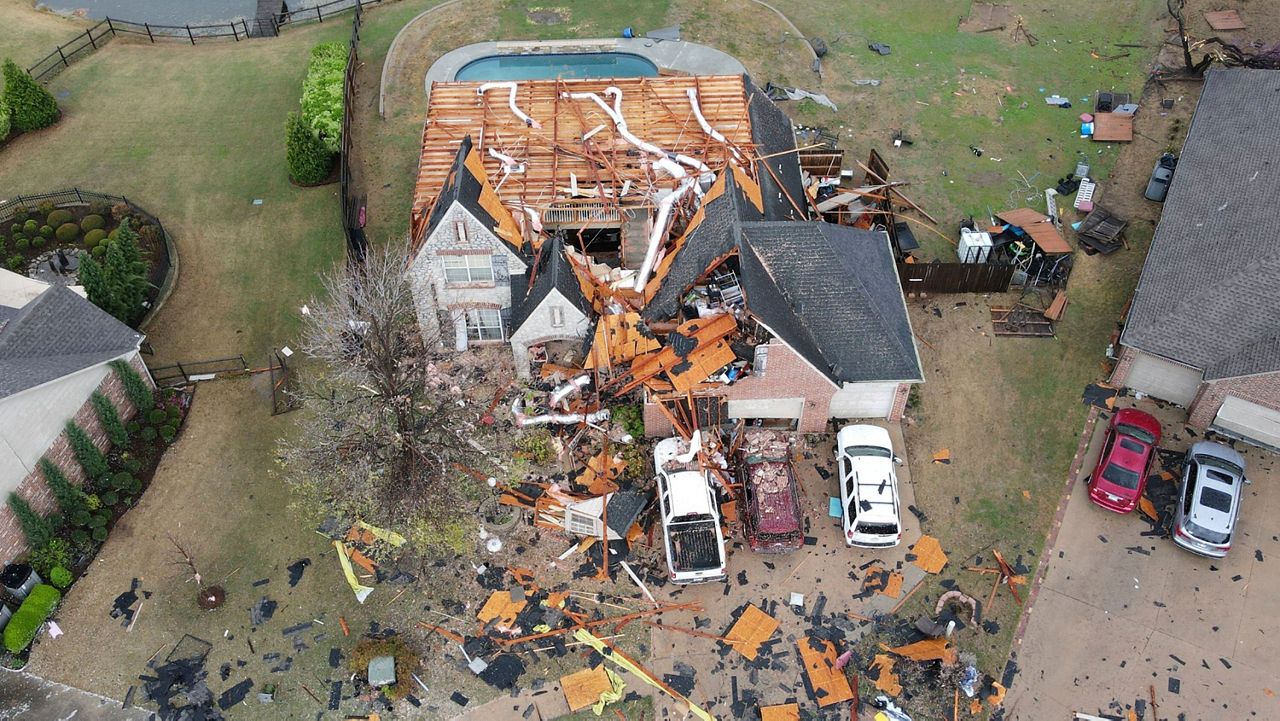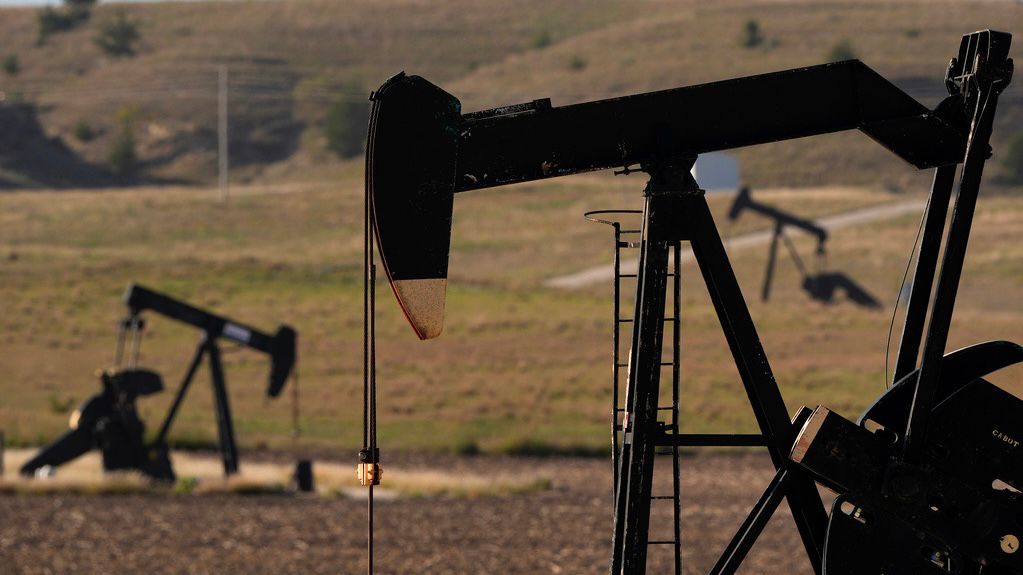The U.S. Environmental Protection Agency announced a proposed rule Friday to dramatically reduce methane emissions from oil and gas production. The rule would impose a Waste Emissions Charge for exceeding Congressionally set methane emission levels as a way of incentivizing technologies that prevent the greenhouse gas from entering the atmosphere.
Thirty times more powerful than carbon dioxide, methane accounts for nearly 30% of the greenhouse gases that contribute to global warming. According to the EPA, oil and natural gas are the largest industrial sources of methane emissions in the U.S.
“We are laser-focused on working collectively with companies, states and communities to ensure that America leads in deploying technologies and innovations that aid in the development of a clean energy economy,” EPA Administrator Michael S. Regan said in a statement.
The rule is the result of a new Methane Emissions Reduction Program included in the Inflation Reduction Act of 2022, which provided new authorities under the federal Clean Air Act to reduce emissions from the oil and natural gas industry and included more than $1 billion in funding.
The three-part program includes the EPA partnering with the Department of Energy to help the industry transition to no- and low-emitting technologies with financial and technical assistance. The two agencies will help provide support for methane monitoring and other means of lowering emissions.
The program also seeks to increase the accuracy of oil and gas companies’ methane emissions reporting and to encourage them to meet or exceed performance standards set by Congress.
The new Waste Emissions Charge will apply to certain facilities that emit more than 25,000 metric tons of carbon dioxide equivalent per year. The fees begin at $900 per metric ton in 2024 and increase to $1,200 in 2025 and $1,500 in 2026.
Under the terms of the Inflation Reduction Act, companies can reduce or eliminate the charge by deploying methane-reduction technologies the EPA says are readily available.
A request for comment from the U.S. Oil and Gas Assn. was not answered before deadline.
The EPA’s proposed rule comes about two years after a group of 150 countries, including the U.S., agreed to reduce global methane emissions by at least 30% below 2020 levels by 2030 as part of the Global Methane Pledge of 2021 signed during the United Nations climate conference.
According to the U.N., reducing methane emissions caused by humans this decade by 45% can keep global warming from exceeding 2 degrees Celsius — an irreversible tipping point after which the world’s population is at risk of polar ice sheets collapsing, coral reefs dying and other natural disasters.
The U.N. estimates reducing methane emissions can prevent 0.3 degrees Celsius of global warming by 2050.








